Advice to rip out or cover my beadboard
linste22
12 years ago
Related Stories
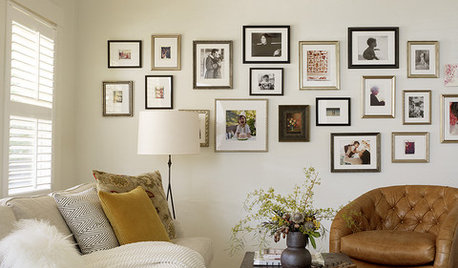
LIFEEdit Your Photo Collection and Display It Best — a Designer's Advice
Learn why formal shots may make better album fodder, unexpected display spaces are sometimes spot-on and much more
Full Story
DECORATING GUIDES10 Design Tips Learned From the Worst Advice Ever
If these Houzzers’ tales don’t bolster the courage of your design convictions, nothing will
Full Story
KITCHEN DESIGNSmart Investments in Kitchen Cabinetry — a Realtor's Advice
Get expert info on what cabinet features are worth the money, for both you and potential buyers of your home
Full Story
BATHROOM DESIGNDreaming of a Spa Tub at Home? Read This Pro Advice First
Before you float away on visions of jets and bubbles and the steamiest water around, consider these very real spa tub issues
Full Story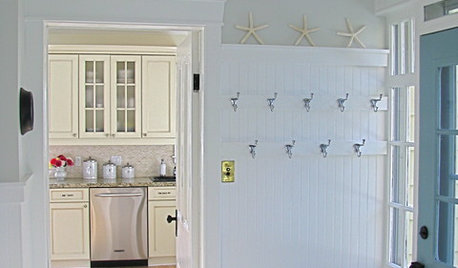
REMODELING GUIDESThe Timeless Elegance of Beadboard
Classic Wall Paneling Adds Instant Beach Cottage Charm
Full Story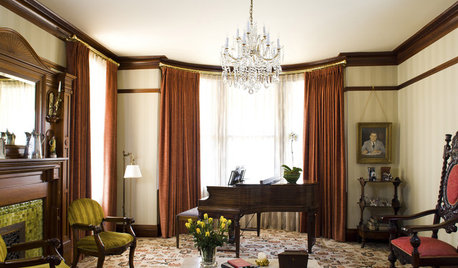
GREAT HOME PROJECTSHow to Bring Out Your Home’s Character With Trim
New project for a new year: Add moldings and baseboards to enhance architectural style and create visual interest
Full Story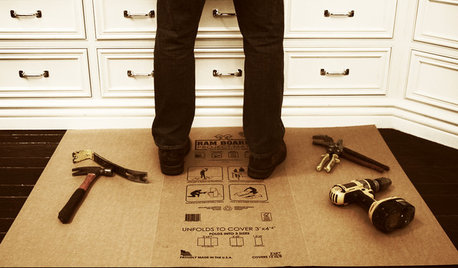
BATHROOM DESIGNOut With the Old Tile: 8 Steps to Prep for Demolition
This isn't a light DIY project: You'll need heavy-duty tools and plenty of protection for your home and yourself
Full Story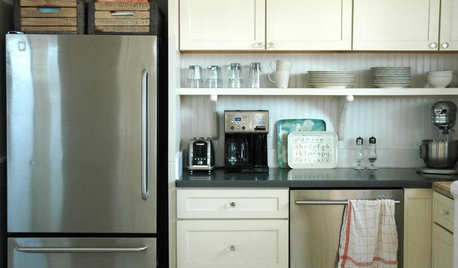
KITCHEN DESIGNTrick Out Your Kitchen Backsplash for Storage and More
Free up countertop space and keep often-used items handy by making your backsplash more resourceful
Full Story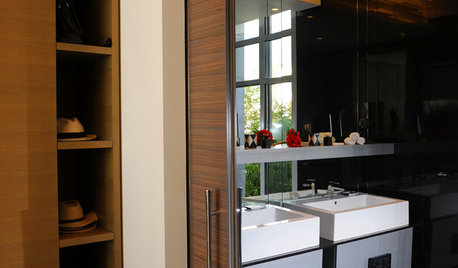
DOORSDiscover the Ins and Outs of Pocket Doors
Get both sides of the pocket door story to figure out if it's the right space separator for your house
Full Story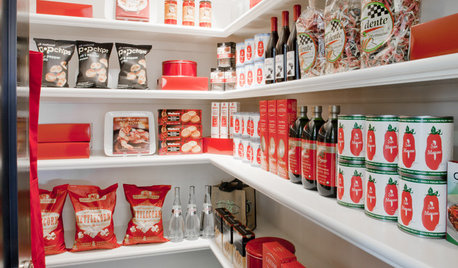
KITCHEN STORAGEGet It Done: How to Clean Out the Pantry
Crumbs, dust bunnies and old cocoa, beware — your pantry time is up
Full Story






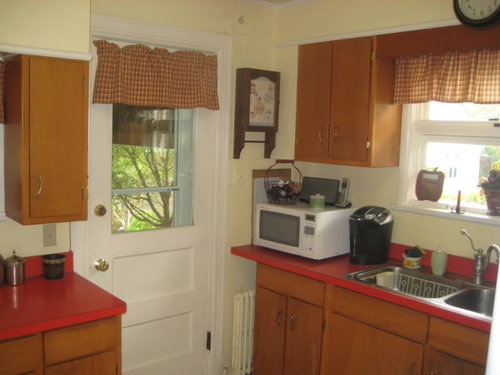



Fori
linste22Original Author
Related Professionals
Lebanon Home Remodeling · Brownsville Kitchen & Bathroom Designers · Kalamazoo Kitchen & Bathroom Designers · Manchester Kitchen & Bathroom Designers · St. Louis Kitchen & Bathroom Designers · Shamong Kitchen & Bathroom Remodelers · Allouez Kitchen & Bathroom Remodelers · Emeryville Kitchen & Bathroom Remodelers · Lyons Kitchen & Bathroom Remodelers · Pinellas Park Kitchen & Bathroom Remodelers · Palestine Kitchen & Bathroom Remodelers · Ann Arbor Architects & Building Designers · Holtsville Architects & Building Designers · Pembroke Architects & Building Designers · Nanticoke Architects & Building Designersantiquesilver
Fori
kimkitchy
karinl
linste22Original Author
kterlep
artemis78
brickeyee
Debbie Downer
columbusguy1
linste22Original Author
brickeyee
columbusguy1
brickeyee
Fori
User
linste22Original Author
melissastar